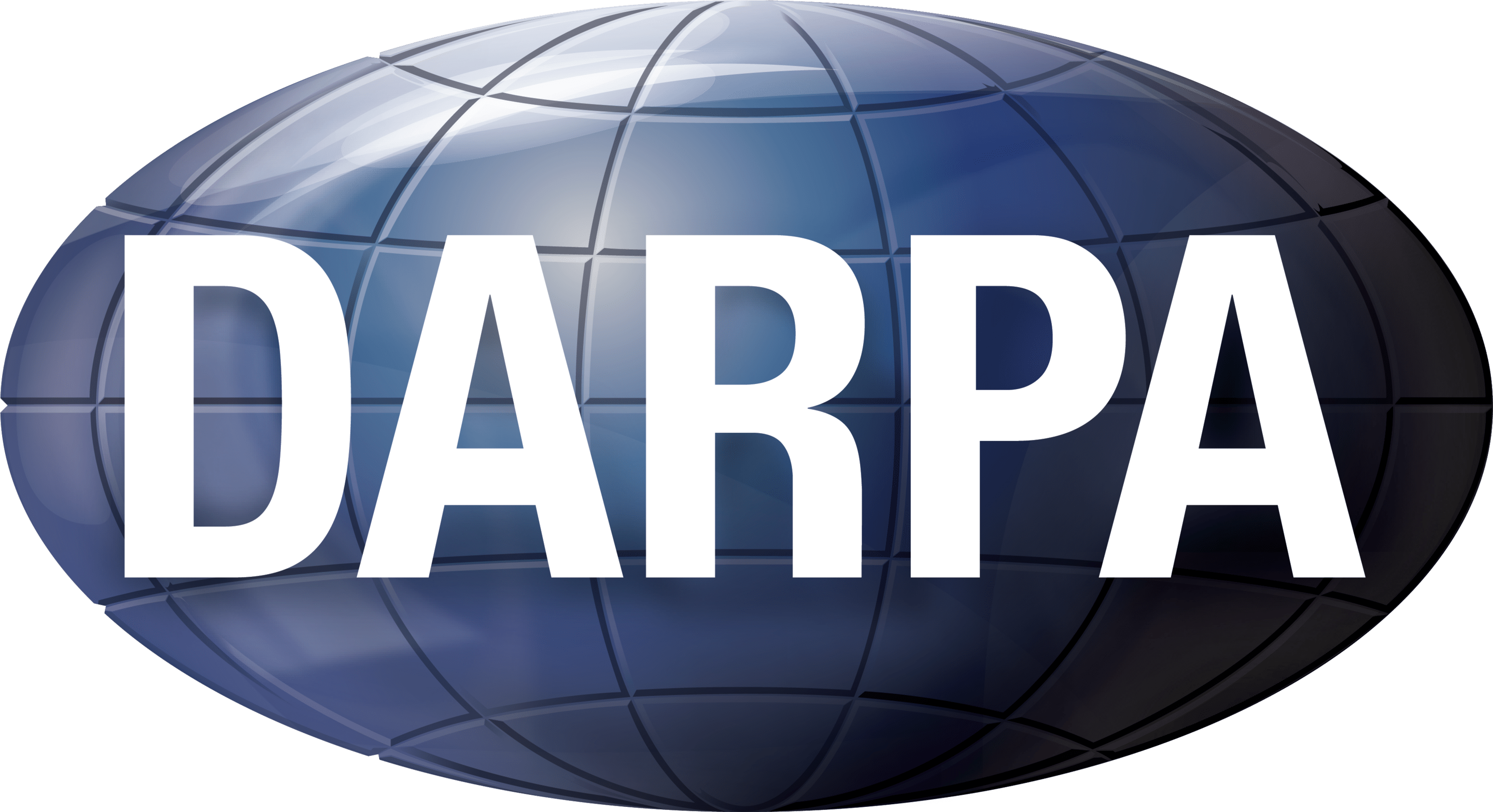Riverlane, a quantum computing company, has been selected for Phase 2 of the Quantum Benchmarking program funded by the Defense Advanced Research Projects Agency (DARPA). The program aims to design key metrics for quantum computing and estimate the resources needed for performance thresholds.
Riverlane’s CEO, Steve Brierley, and Principal Quantum Scientist, Hari Krovi, lead the project. The team is working with the University of Southern California, the University of Sydney, and Los Alamos National Laboratory to identify benchmarks for practical problems in various scientific fields. The work could provide a better understanding of quantum computing’s potential impact.
Riverlane’s Involvement in DARPA Quantum Benchmarking Program
Riverlane, a quantum computing company, has been chosen to participate in Phase 2 of the Quantum Benchmarking program, which is funded by the Defense Advanced Research Projects Agency (DARPA). The program’s objective is to develop crucial quantum computing metrics for practically relevant problems and to estimate the quantum and classical resources necessary to achieve critical performance thresholds.
Steve Brierley, the CEO and Founder of Riverlane, expressed that the company’s goal is to expedite the usefulness of quantum computing, initiating a period of human progress comparable to the industrial and digital revolutions. He believes that the DARPA Quantum Benchmarking program aligns with this objective, as it aids the quantum community in measuring progress and maintaining momentum, particularly in the area of quantum error correction and fault tolerance.
The Importance of Fault Tolerance in Quantum Computing
Fault tolerance is increasingly recognized as a prerequisite for achieving a useful quantum advantage. To attain this, the errors to which quantum bits (qubits) are susceptible must be rectified. In essence, quantum error correction is the enabling technology for fault tolerance.
While hardware companies, academic groups, and national labs have made significant strides with small quantum error-corrected systems, controlling fault-tolerant devices at scale remains a challenge. The DARPA Quantum Benchmarking project is an opportunity for Riverlane to collaborate with leading universities and national laboratories to identify important benchmarks for practical problems, particularly in the fields of plasma physics, fluid dynamics, condensed matter, and high energy physics.
The Role of Quantum and Classical Resources in Quantum Computing
The team is developing tools to estimate the quantum and classical resources required to implement quantum algorithms to solve benchmark problems at scale. Hari Krovi, Principal Quantum Scientist at Riverlane, explained that fault tolerance would result in significant overheads, both in terms of qubit count and calculation time.
It is crucial to consider these factors when comparing quantum computing to classical techniques. Krovi noted that mild speed-ups, such as a quadratic speed-up, can vanish when the overhead of fault tolerance is taken into account. There are numerous approaches to fault tolerance, each leading to overheads that can vary by several orders of magnitude.
The Impact of Quantum Code on Quantum Computing
The choice of quantum code used to identify and correct errors in the system can lead to different overheads. The Surface Code is well-developed, and the team is focusing on estimates based on this approach.
The work being done in this program provides a quantitative understanding of practical quantum advantage and can inform whether and how disruptive quantum computing is in various fields. This understanding is crucial in determining the potential impact of quantum computing on various sectors and industries.
External Link: Click Here For More

